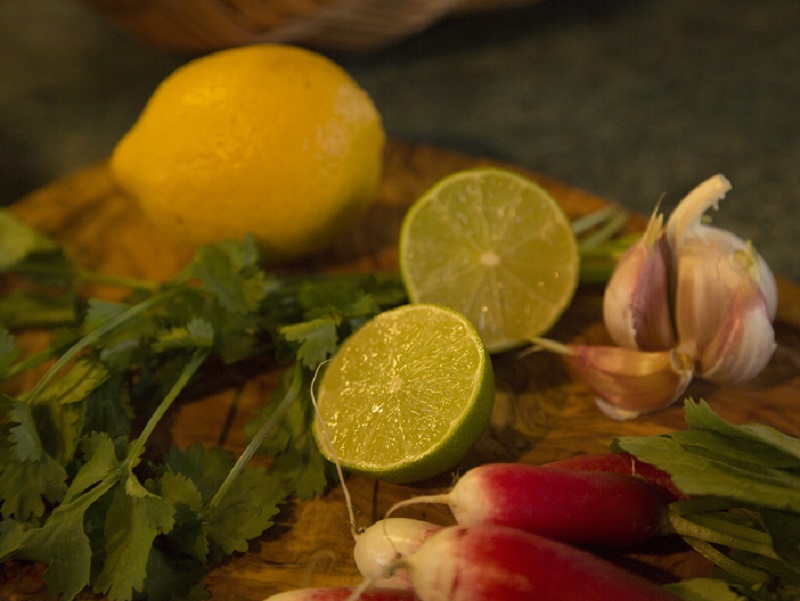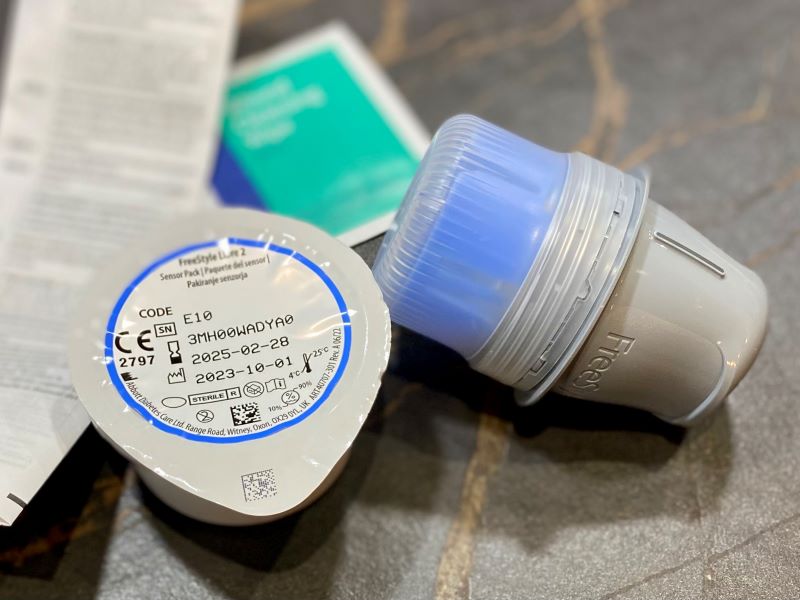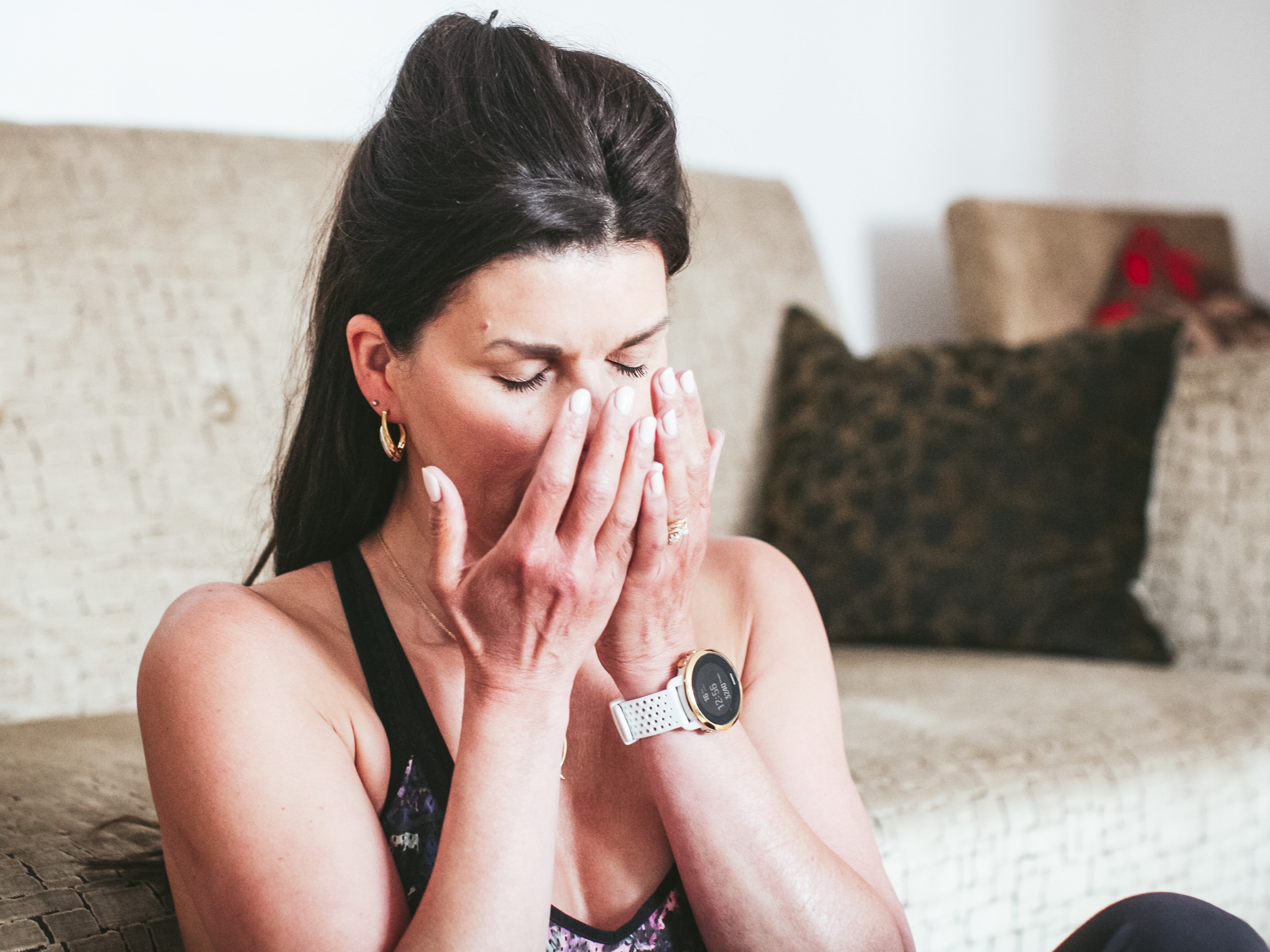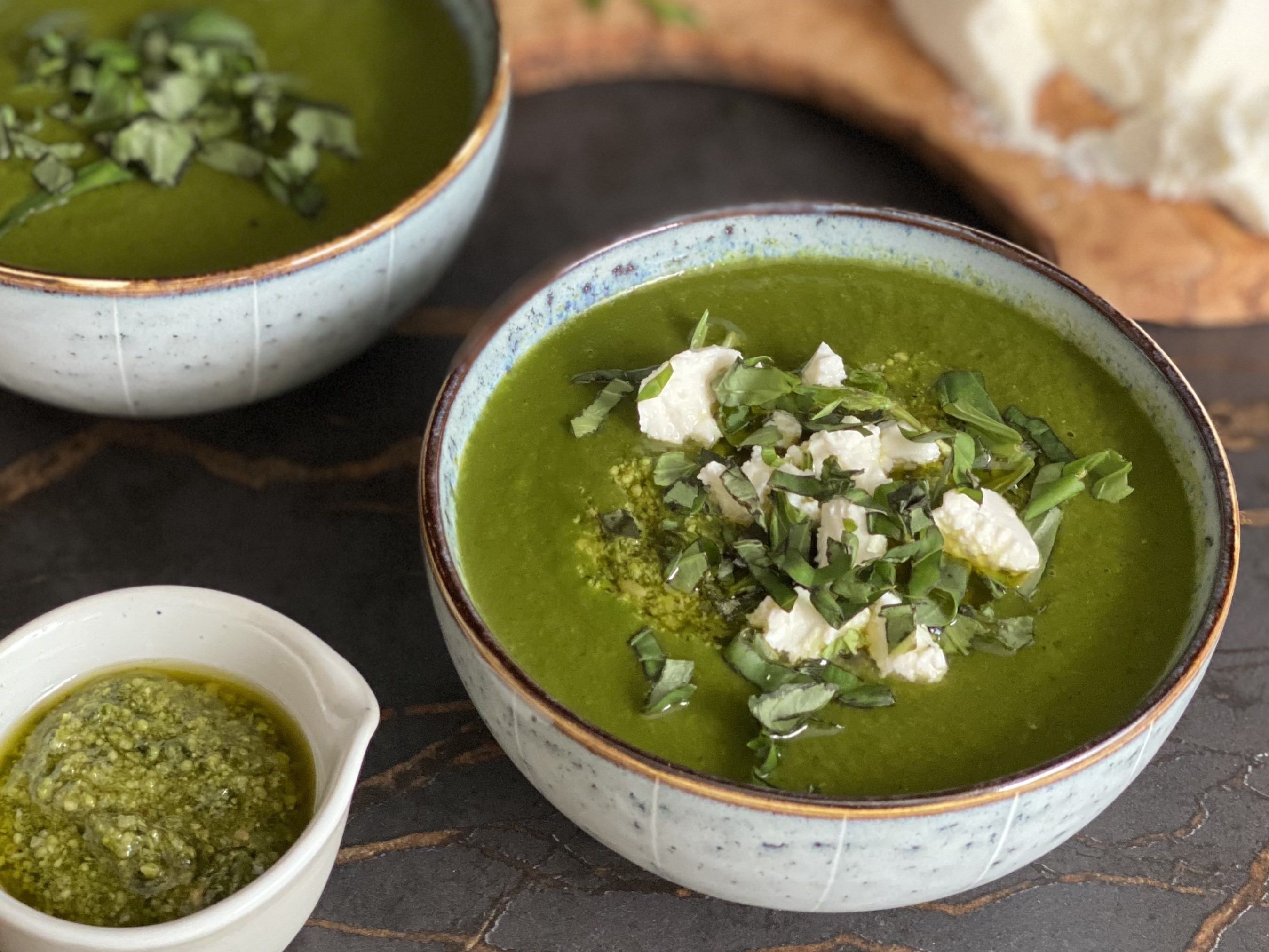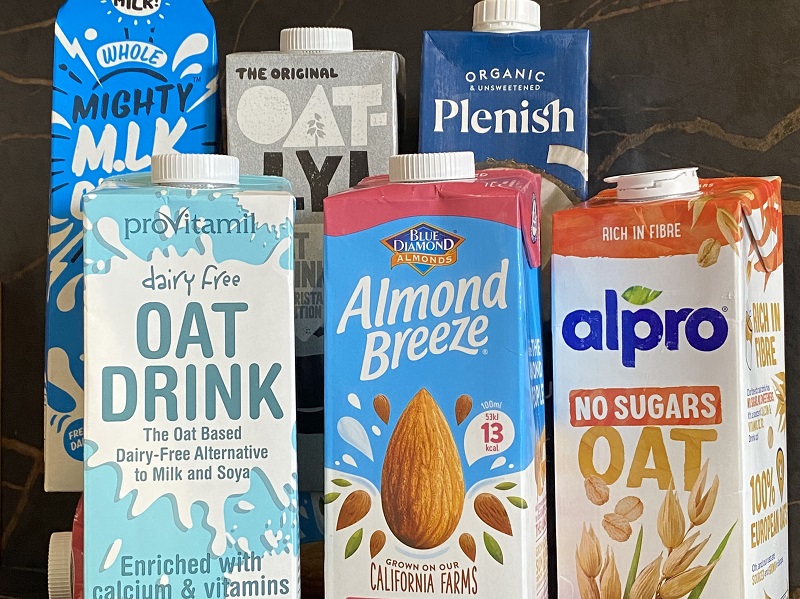Seasonal eating is a great way to reconnect with the ever-cycling rhythms of nature. In the British Isles we are surrounded by sea and so connecting with marine rhythms is deep in our culture. You may not realise it, but fish seasons are closely observed in the UK, partly dictated by what our fishing fleets can catch throughout the year.
We are just approaching the season for sea-trout; normally available through the spring until early summer but best eaten in April and May. Sea trout is very like salmon; when cooked, the flesh breaks into large, pink, flakes, with a similar taste, colour and texture.
You’ll normally need to buy sea trout from a fishmongers; unless you are a trained surgeon, make sure to ask them to fillet your fish! Fresh, rather than frozen, is definitely the best option.
Sea trout can be used in any of your favourite salmon recipes, although the taste is more delicate so avoid using overpowering flavours. I think a good herb butter is all you need. I mix lemon zest, chopped parsley, black pepper and a few anchovy-stuffed olives (finely chopped) into mine; spread the mixture over each fillet and bake in a hot oven for around 10-12 minutes. Grated root ginger and lime zest is another good flavour combination.
Nutritional Highlights
Whilst not as rich in omega 3 as salmon, sea trout is still a valuable source of healthy fats and a great source of dietary protein; a hundred gram fillet provides around a third of your daily protein requirements. In addition, sea trout is rich in the minerals phosphorus and selenium as well as Vitamin B3 and B6. There’s evidence to suggest that regularly consuming omega 3, found in oily fish can reduce your risk of heart disease and improve symptoms associated with virtually all inflammatory diseases (any disease ending with “itis”) as well as skin disorders, asthma, macular degeneration, type 2 diabetes and autoimmune conditions. Omega 3 has also been found to improve cognitive function and mental health, especially behavioural and mood disturbances.


